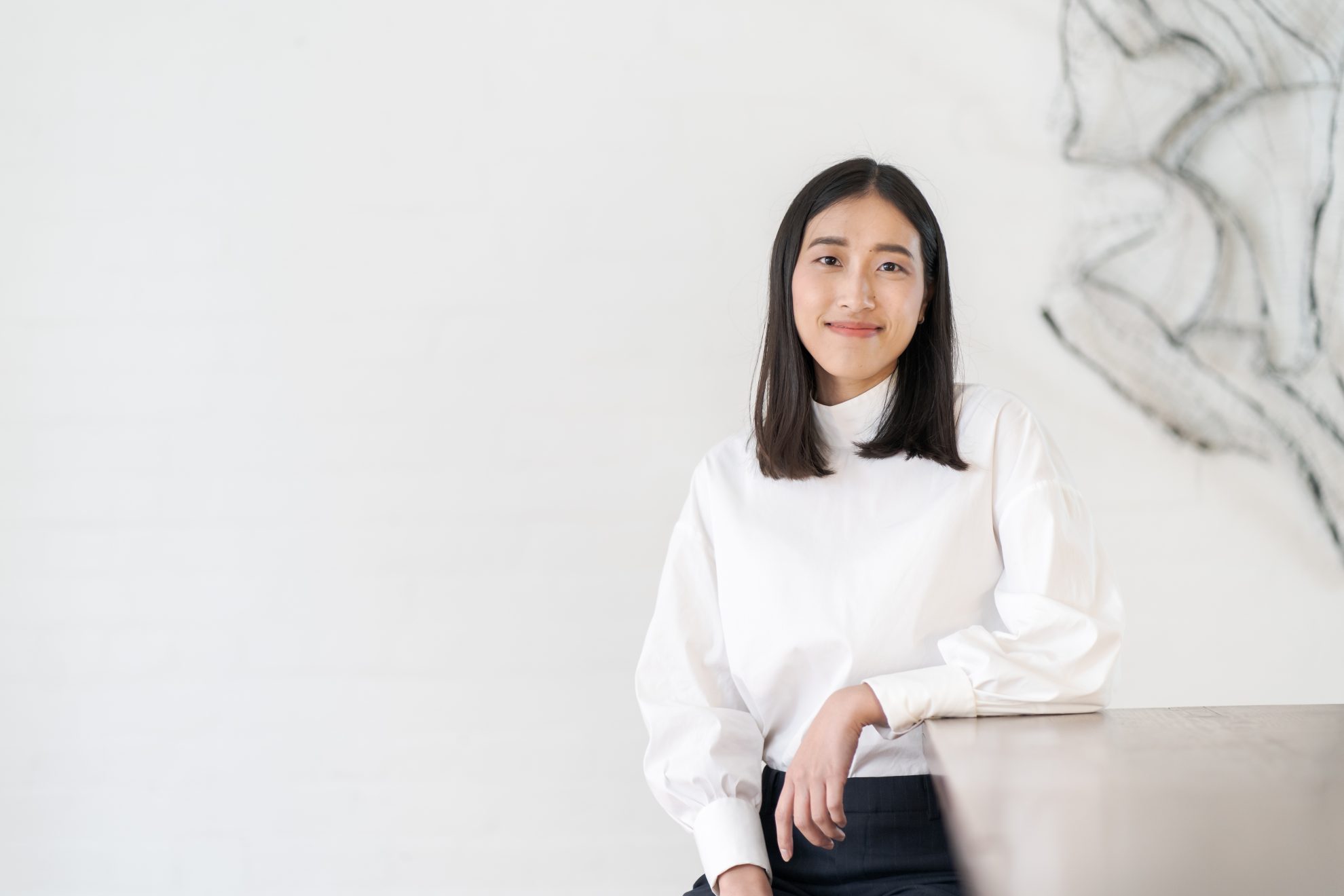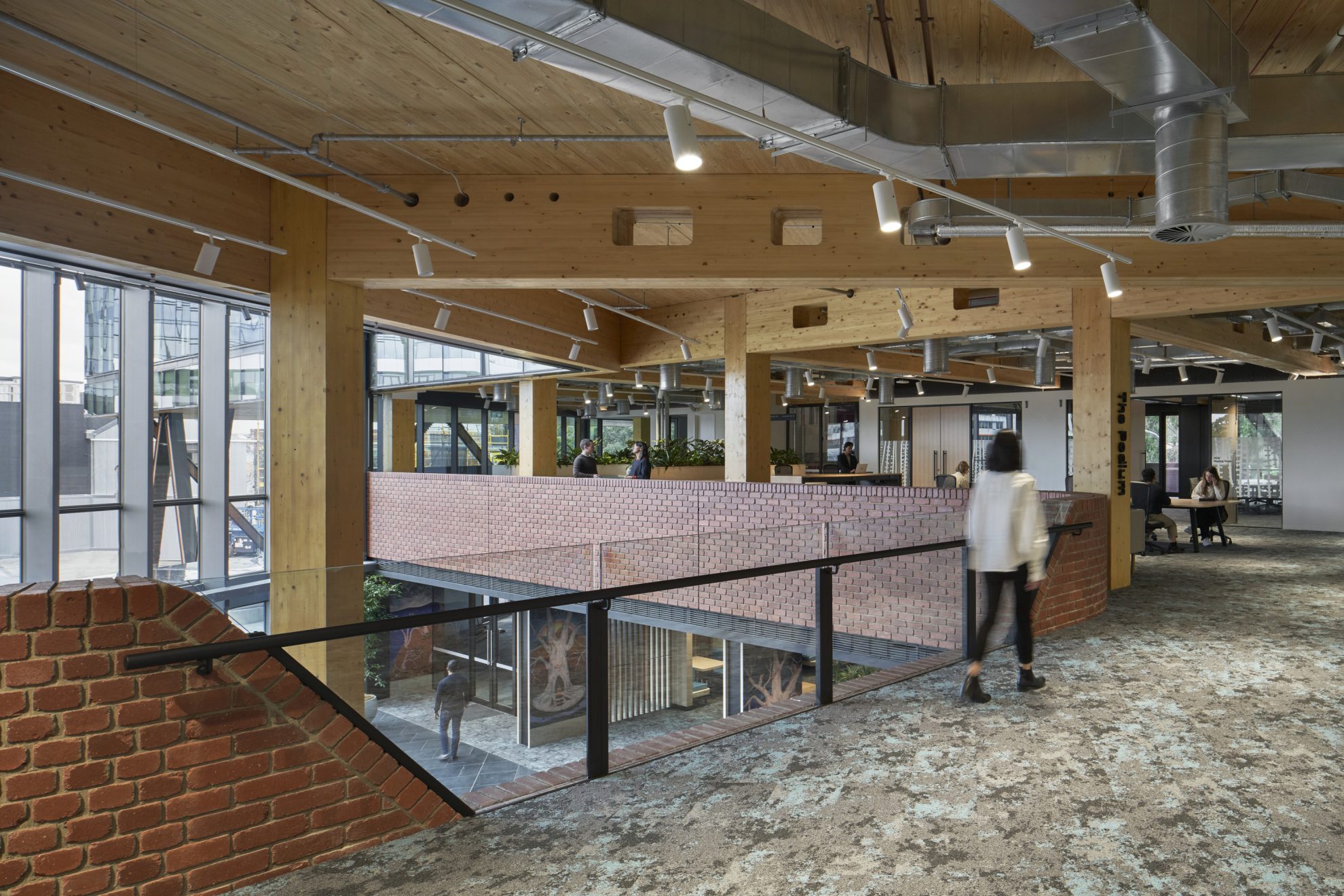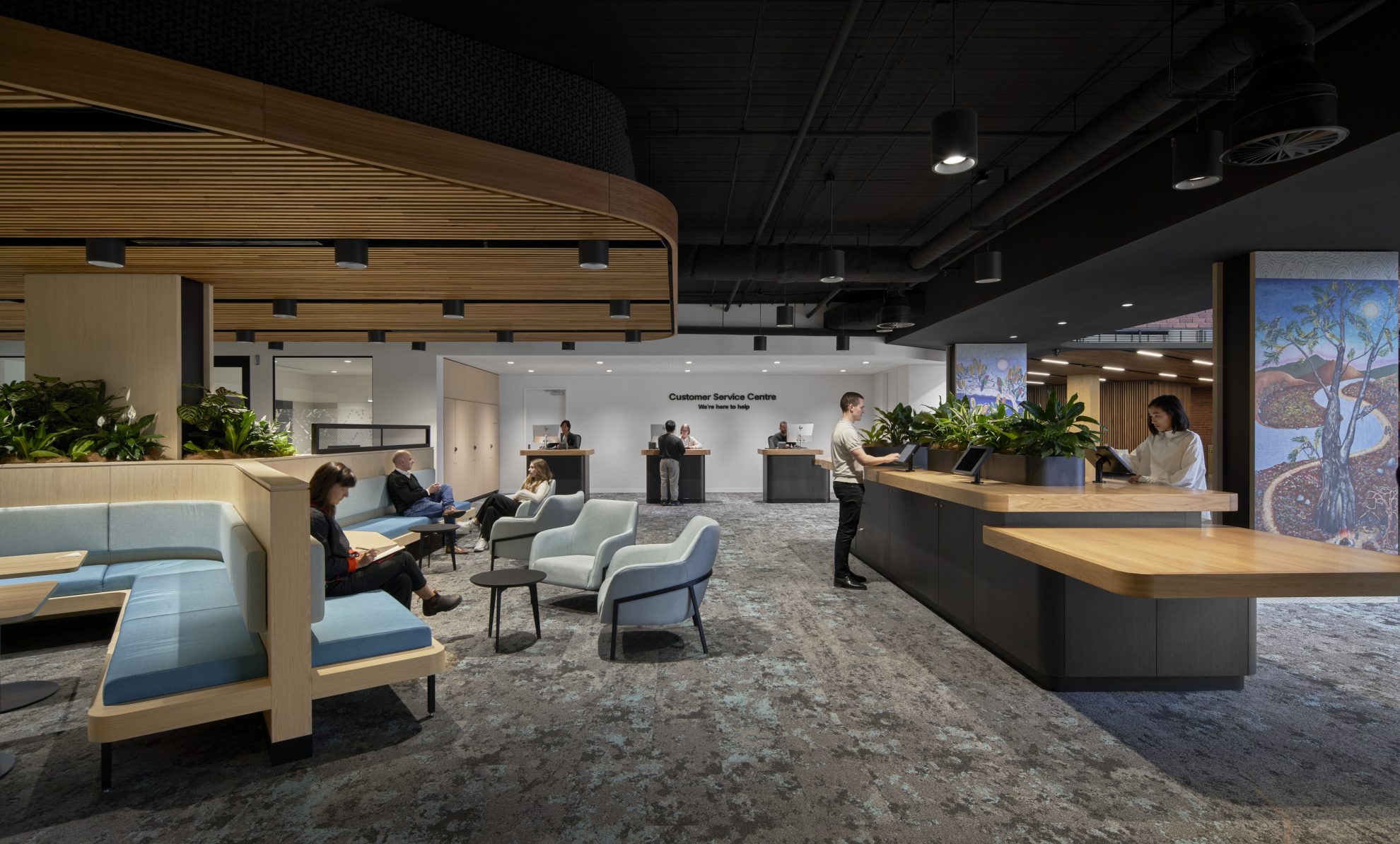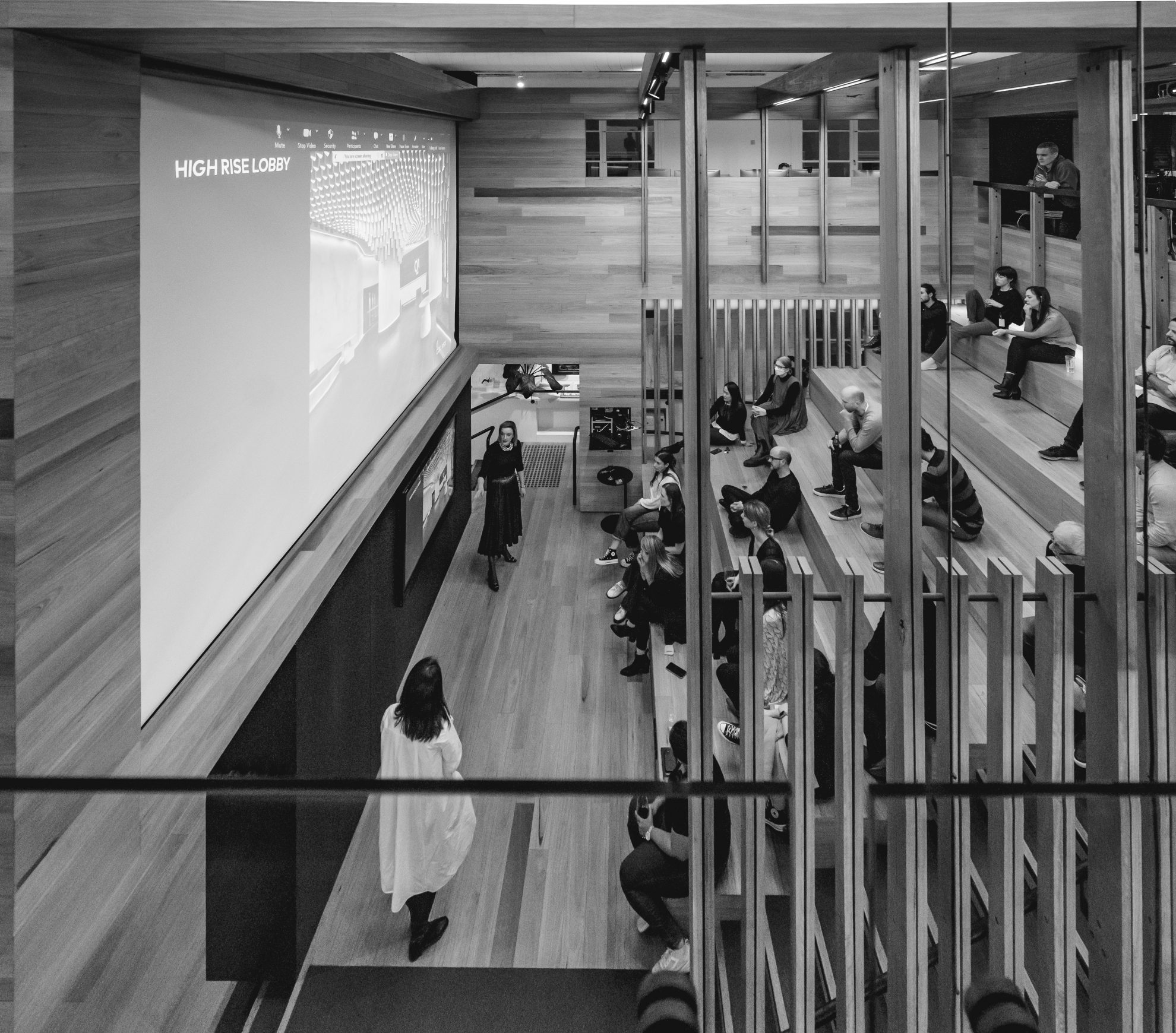COX VOX: What Makes an Interior Designer Tick? With Siripat Panusbordee

Following International Women’s Day, we wanted to continue the conversation around the impressive impact that women have on our practice.
Associate Director Anthea Leyden (AL), and Graduates of Architecture Nancy Williams (NW) and Olivia Arcidiancono (OA) sat down with Interior Designer Siripat Panusbordee to discuss her love for design, her career spanning Thailand and Australia, and her creative process.
NW: What drew you to the design industry?
SP: It started when I was applying for uni. I was interested in art, but didn’t see myself doing ‘pure art.’ I felt interior design was a good balance between functionality and art was interested to learn how people feel differently in different spaces.
I was raised in Bangkok, Thailand, and there it doesn’t seem people pay much attention to design, especially interior design. I decided I wanted to learn about the importance of design and dedicated to studying interior design. It was a long program, but worth it!
After I graduated, I started working at an architecture firm in Bangkok. Then after a while there I thought, yep, I want to move to Australia. At that time, I had around 3-4 years’ experience working on mostly residential and workplace projects in Thailand, and it was time to expand my knowledge and see something different. It was good timing to make change and luckily, I got a job!
AL: So, you moved here in 2020?
SP: Yeah. Early 2020. Just one month before COVID hit. I had been at COX for a month and then we went straight into lockdown.
AL: What were you working on during that time?
SP: I was working on the Geelong Civic Accommodation project. I had a bit of experience in workplace from my previous job, so it was a good starting point. I like working on workplace and commercial because of the scale and the user.


OA: You mentioned earlier that you got into interior design because you saw how design can change a space and how the user interacts. Can you expand on that?
SP: As I mentioned earlier, in Bangkok, people didn’t pay much attention to design. Whenever I went to a place that did have good design, I felt different. I feel like we spend so much time inside, living in spaces, sitting on furniture and benefiting from the functionality. Good design helps people be comfortable in a space and utilise it properly. For example, when I was living in Thailand, the areas with good design wouldn’t be the government projects, it was the private developments, for example shopping malls. Shopping malls are very popular in Thailand because of the weather, it’s very hot. So, people spend time in malls, shopping, catching up with friends, grabbing something to eat etc. Good design brings people together.
OA: What has been the largest influence on your design?
SP: I consider myself more of a practical interior designer. That may be because of the way they taught us at Uni, or maybe the types of projects I’ve worked on since. I feel like everything could be practical. I mean, we know what good design is, and we know what we want to achieve. But sometimes we might not be able to achieve that for every single area or every single time. I feel like it’s about the way we balance design, functionality, cost – everything.
AL: What influences that. Do you find that when you walk around spaces, even on your days off work, are you always looking at practicality and function?
SP: I’m interested in the functionality of planning as well. For example, when I go to a restaurant, I might consider oh, they used a lot of space for kitchen but have a small area for serving, perhaps that’s because of the requirements and constraints? You almost need to be more creative designing with constraints. We often have a lot of limitations, and we must find the spot where we can sneak in design without impacting the cost. I think we must be positive and realise that we cannot win every battle. We always say as a team that we can keep our energy for the next one.

AL: So, what would you say has been your biggest challenge so far in your career?
SP: Every time I have big changes in my life, such as moving here and everything is different, the culture, the language, even the software we use, its challenging. But you overcome it and move on to the next challenge.
AL: How was the experience of moving to a new country and company right as Covid hit?
SP: For the first year, I mostly spoke with the people I was working with, due to the lock down. I didn’t get to know people that much during that time which was quite challenging. But luckily, when we all came back into the studio, things got better.
AL: So where do you see your career going in the future?
SP: I want to learn more and step up my knowledge and my experience. I want to keep continuing to grow and learn. I think we’re always learning no matter what age or experience. Every day is a different day in our industry!